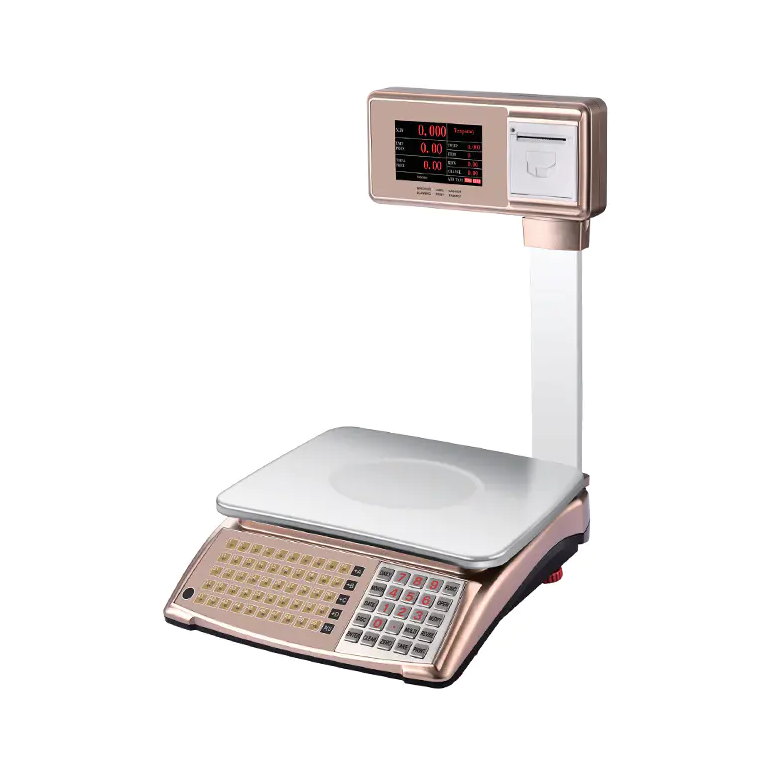In retail and industrial environments where weighing transactions occur throughout the day, power reliability is a key factor. A commercial electronic scale that runs out of battery power during business hours can disrupt operations, slow down service, or even lead to financial discrepancies. Therefore, battery endurance and flexible power support have become essential features when evaluating scale performance for commercial use.
Battery Endurance and Runtime Expectations
Battery life varies significantly depending on the model, display type, frequency of use, and backlight settings. Most modern commercial electronic scales are designed with energy-efficient LCD or LED screens and intelligent auto-off functions that reduce unnecessary drain. In general, high-quality models equipped with built-in rechargeable batteries can operate continuously for 60 to 120 hours on a full charge. Scales using dry-cell batteries may run even longer, although replacement costs and disposal must be considered. For businesses with long working shifts, investing in a device with extended battery runtime minimizes downtime and improves productivity.
The Value of Dual Power Systems
Many commercial electronic scales now support dual power configurations, allowing users to switch between rechargeable battery power and direct AC electricity. This dual-mode operation ensures that the device remains functional even during power outages or when one power source fails. In field operations like farmers' markets or street vending—where power access is limited—battery mode becomes essential. Conversely, in fixed retail environments, being able to plug into a wall outlet offers convenience and guarantees uninterrupted use during busy hours.
Charging Time and Portability Considerations
When using rechargeable models, it is important to evaluate not only how long the battery lasts but also how long it takes to charge. Fast-charging options are a desirable feature for commercial users who need quick turnaround between uses. Some models also allow simultaneous charging and weighing, so the scale remains operational while plugged in. In terms of portability, lighter models with compact battery systems are easier to transport and ideal for mobile operations. However, heavier-duty units may offer longer battery life at the cost of mobility.
Built-In Safeguards and Energy Efficiency Features
Modern commercial electronic scales often come with smart energy management systems. These include low-battery alerts, auto shut-off after inactivity, and adaptive brightness control. These features not only help conserve energy but also protect the battery from over-discharge, which can shorten its lifespan. Some models even come with replaceable battery compartments, allowing users to extend device usability without professional servicing. These innovations help meet the demands of long working hours and varying environments.
Conclusion: Balancing Power, Flexibility, and Operational Continuity
A commercial electronic scale with strong battery performance and support for both battery and plug-in operation offers much-needed flexibility in real-world usage scenarios. Whether in a fixed retail store or a mobile market booth, having reliable power options ensures continuous service without unexpected interruptions. As battery and charging technologies continue to improve, users can expect even greater efficiency, longer runtimes, and enhanced convenience from well-designed models.

